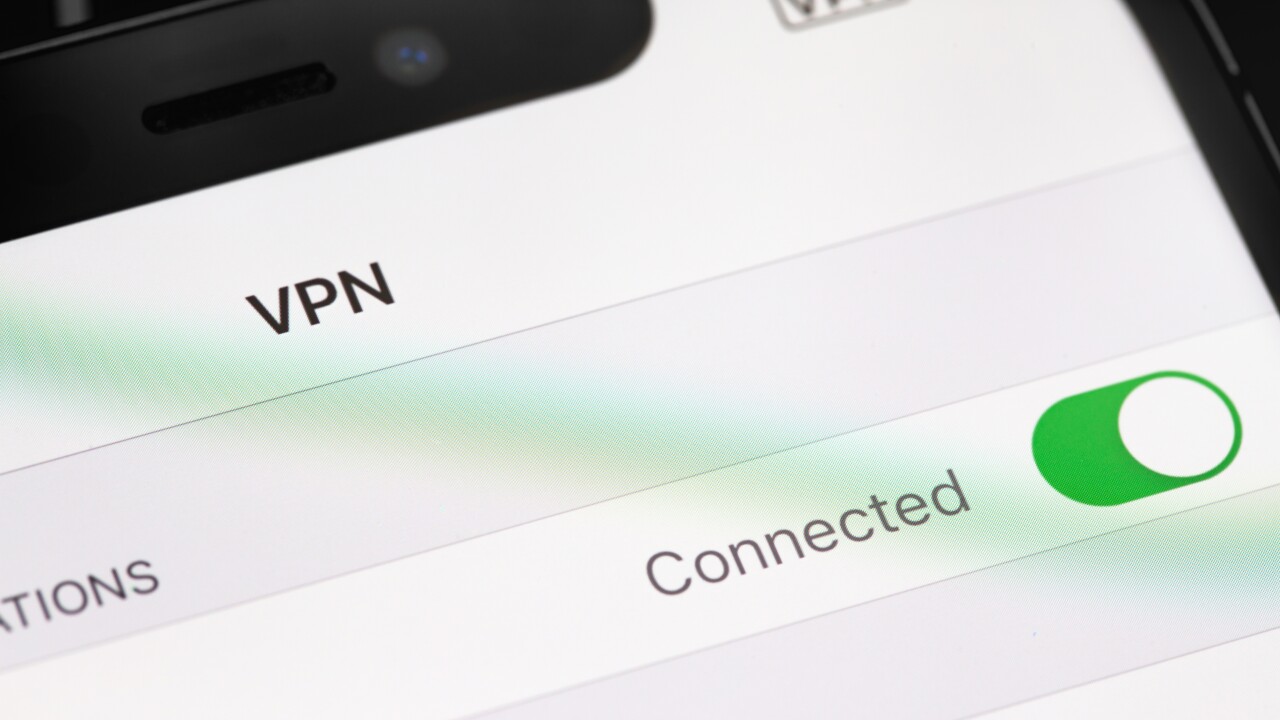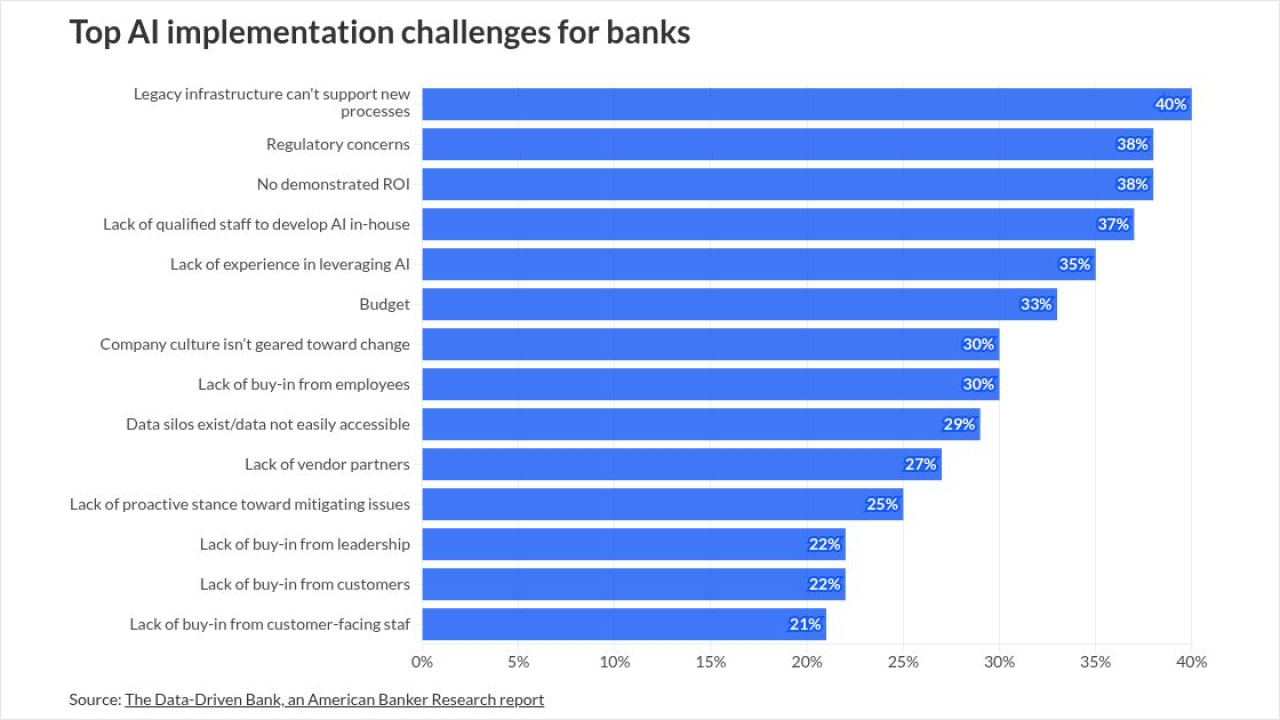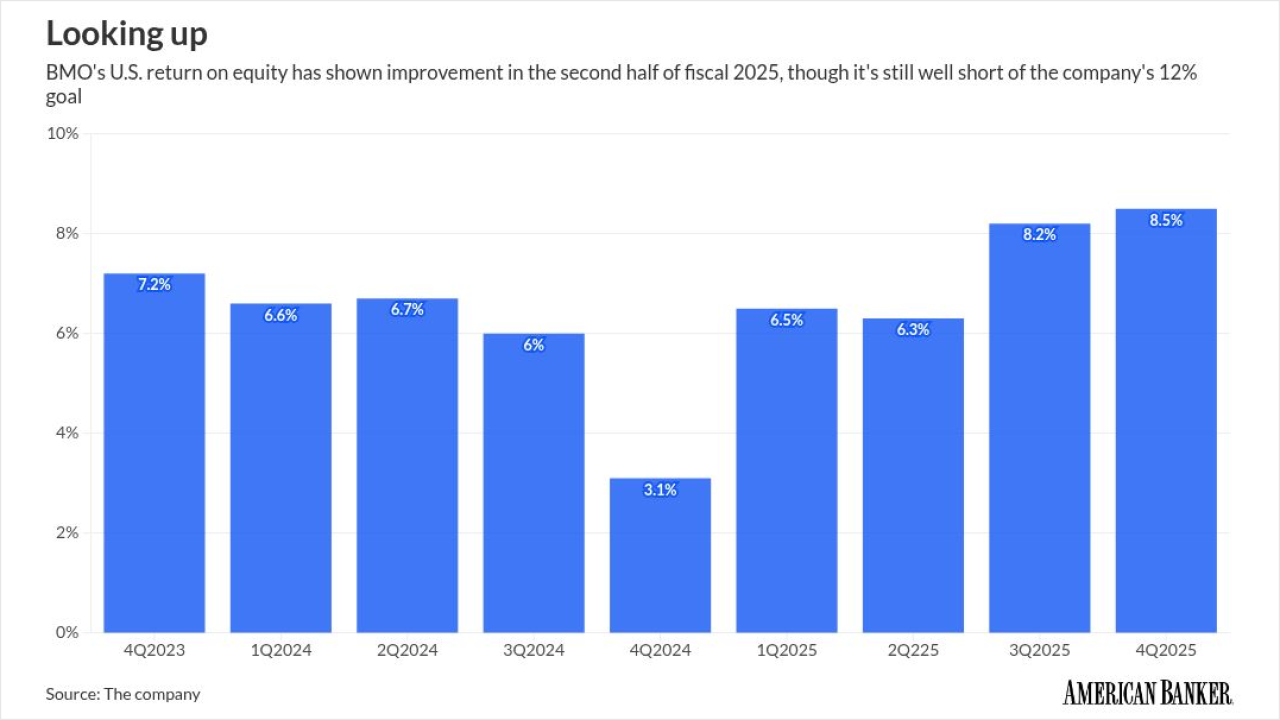As Congress moves closer to rules of the road for payment stablecoin, one question remains: Will America's banks jump into stablecoins, or take a pass given lingering questions?
First, no one should doubt the banking industry's commitment to innovation. Thanks to America's banks, we can move money with our phones, receive fraud warnings in real time and punch numbers into a machine that hands us cash, just to name a few feats.
Second, banks are willing to try new tools like payment stablecoin, even if some question the need, but only if new rules don't undermine our safe and sound banking system that remains a source of strength for our economy.
That's a decision Congress needs to make, and the choice should be easy.
So what is a payment stablecoin? It's a digital asset intended to maintain a stable value relative to a reference asset like the U.S. dollar. Payment stablecoin issuers typically maintain the token's stable value by backing each token one-to-one with high-quality liquid assets, which cannot be lent against or used as collateral by the issuer.
In many ways, payment stablecoin issuance is the antithesis of the fundamental credit intermediation banks perform, where they take in deposits and extend loans to consumers, small businesses and corporations. You can understand why some banks might be skeptical.
Depending on the final details of the regulatory framework Congress is currently debating, banks could issue stablecoin, custody stablecoin, transact in stablecoin or convert between stablecoin and fiat currency. The engagement for each bank will be based on its customers' needs and its strategy.
Regardless of the stablecoin activities a bank chooses, establishing a robust regulatory framework that integrates with, rather than disintermediates, the banking industry is critical to ensure financial stability and the ongoing vibrancy of the U.S. economy. Congress has an opportunity and a responsibility to enact a regulatory framework that achieves this dual mandate – supporting responsible innovation in digital assets while preserving the foundational role of banks in our economy.
To borrow a phrase from medicine, any regulatory framework for payment stablecoins should first do no harm. It should not interrupt the flywheel for credit creation by incentivizing value to be held in the form of payment stablecoin rather than bank deposits. One important way to control this incentive structure is to prohibit the use of financial inducements on payment stablecoin.
Even before payment stablecoin legislation has been finalized, PayPal announced in April that it will pay holders of its stablecoin (PYUSD) a 3.7% reward on balances held in PayPal and Venmo wallets. It's hard to overstate the potential negative impact of this product on bank deposit balances, especially if replicated at scale. Even more concerning is the risk that customers mistakenly assume that these wallets carry FDIC insurance and other protections that come with a deposit account at a bank.
Tether, without offering a reward, has almost $150 billion in stablecoin. Those funds likely were moved from Tether holders' bank deposits. As nonbank payment stablecoins scale, we can expect an outflow of funds from bank deposits to stablecoin reserves unless we establish clear rules. As of Dec. 31, 2024, Tether only held about 0.09% of its reserves in cash and bank deposits.
In addition to incentives, another solution to mitigate bank disintermediation is requiring that some reserves should be held at U.S. banks. Bank deposits must be a practical option for payment stablecoin reserves, and regulators must allow all banks to accept these reserves as deposits. Europe has adopted this approach in its Markets in Crypto-Assets, or MiCA, regulation, requiring that 60% of reserves be held in European banks.
The most critical role of a payment stablecoin issuer is to establish public confidence in its token. A worst-case scenario would be one where trust falters, the stablecoin price drops, holders rush to redeem tokens, the issuer cannot meet its obligation and it has to sell off reserves rapidly. Fear would likely spread to other issuers, even if nothing indicates their tokens are at risk.
Trust in the ecosystem and its participants is reinforced when the public has confidence that all issuers are being appropriately supervised against a common set of rules. Like the dual banking system, state payment stablecoin issuers should have a primary federal regulator and be subject to federal and state regulation, supervision and enforcement. And it should go without saying that payment stablecoin issuers that do not meet the established requirements should not be permitted to issue payment stablecoins for use by a U.S. citizen or business.
If Congress puts in place these reasonable guardrails, then it's safe to assume that banks will participate in the stablecoin marketplace, and Americans will be able to safely enjoy the potential benefits. But until that regulatory perimeter is established, banks should tread carefully — and so should everyone else, for the sake of our banking system and the broader economy.







